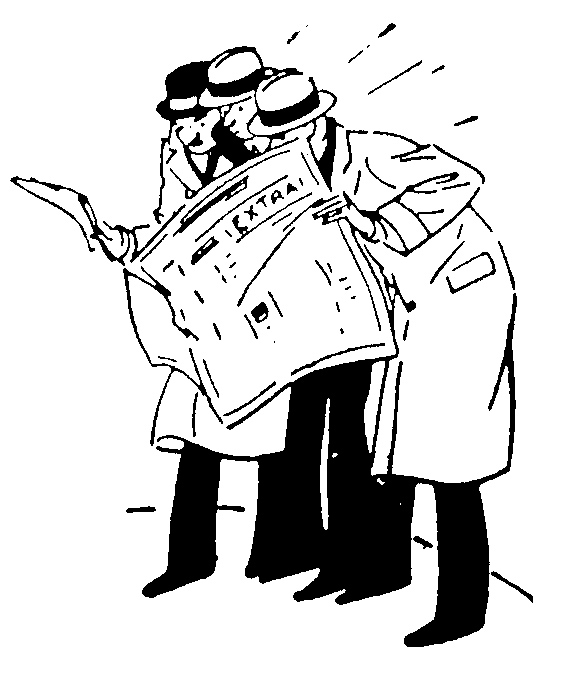Entries in carl V phillips (1)
7/10/10 What's on the docket? Doctor VS Doctor: McFadden VS Phillips: which doctor is right about wind turbine related health impacts?
An Analysis of the Epidemiology and Related Evidence on the Health Effects
of Wind Turbines on Local Residents
Executive Summary
A summary of the main conclusions of my expert opinion, based on my knowledge of epidemiology and scientific methods, and my reading of the available studies and reports, is as follows:
• There is ample scientific evidence to conclude that wind turbines cause serious health problems for some people living nearby. Some of the most compelling evidence in support of this has been somewhat overlooked in previous analyses, including that the existing evidence fits what is known as the case-crossover study design, one of the most useful studies in epidemiology, and the revealed preference (observed behavior) data of people leaving their homes, etc., which provides objective measures of what would otherwise be subjective phenomena. In general, this is an exposure-disease combination where causation can be inferred from a smaller number of less formal observations than is possible for cases such as chemical exposure and cancer
risk.
• The reported health effects, including insomnia, loss of concentration, anxiety, and general psychological distress are as real as physical ailments, and are part of accepted modern definitions of individual and public health. While such ailments are sometimes more difficult to study, they probably account for more of the total burden of morbidity in Western countries than do strictly physical diseases. It is true that there is no bright line between these diseases and less intense similar problems that would not usually be called a disease, this is a case for taking the less intense versions of the problems more seriously in making policy decisions, not to ignore the serious diseases.
• Existing evidence is not sufficient to make several important quantifications, including what portion of the population is susceptible to the health effects from particular exposures, how much total health impact wind turbines have, and the magnitude of exposure needed to cause substantial risk of important health effects. However, these are questions that could be answered if some resources were devoted to finding the answer. It is not necessary to proceed with siting so that more data can accumulate, since there is enough data now if it were gathered and analyzed.
• The reports that claim that there is no evidence of health effects are based on a very simplistic understanding of epidemiology and self-serving definitions of what does not count as evidence.Though those reports probably seem convincing prima facie, they do not represent proper scientific reasoning, and in some cases the conclusions of those reports do not even match their own analysis.
WHAT'S THE LATEST?
 IN THE NEWS:
IN THE NEWS:
-FARMER SUES WIND DEVELOPER FOR LOSS OF PROPERTY VALUE:
“Now I’m faced with a farm I wanted to buy all my life. I spent all this money restoring, and I’m going to have a wind turbine that will create shadow flicker. It will make noise; it will prevent spraying from east or west — that’s the way this farm runs. It will have an impact on the value of my farm, and nobody asked me for my permission, and my zoning commission didn’t protect my rights.” Click here to read the whole story
- AT 35dbA, NEIGHBORS SAY INVENERGY WIND FARM TOO LOUD FOR COMFORT
"When the turbines began to turn, they said they had trouble sleeping and suffered symptoms such as nausea, anxiety and vertigo. They are convinced the symptoms arise from turbine-generated noise and vibrations. The neighbors and their noise expert say the project routinely violates the state noise standard of 36 adjusted decibels, or dBA, at their homes." Click here to read the whole story
FROM THE WIND SITING DOCKET:
Click here to download testimony submitted to the PSC by Kevin Kawula regarding wind turbines effect on weather radar, birds and bats, CO2 emissons, and more. The PDF includes photos and graphs.
HAVE YOU REACHED OUT AND TOUCHED YOUR PSC TODAY?
The PSC took public comment on the recently approved draft siting rules until the July 7th, 2010 deadline.
The setback recommended in this draft is 1250 feet from non-participating homes, 500 feet from property lines.
CLICK HERE to go to the PSC website, then type in docket number 1-AC-231 to read what's been posted.